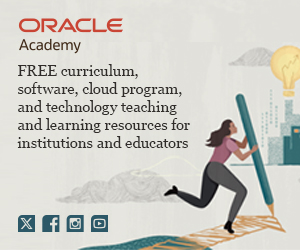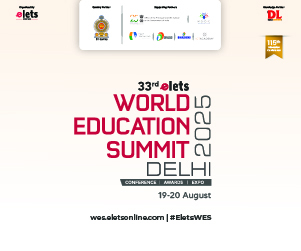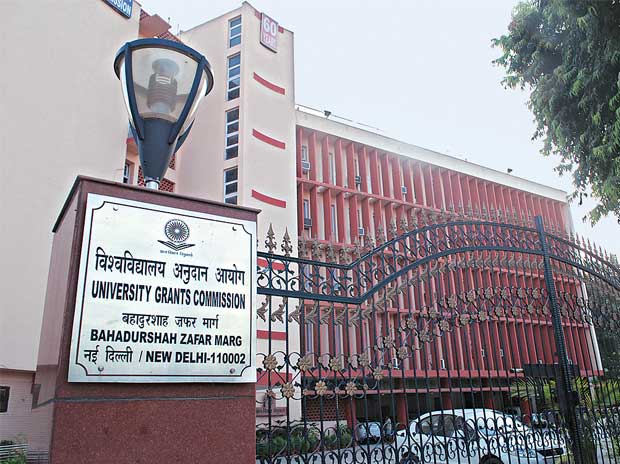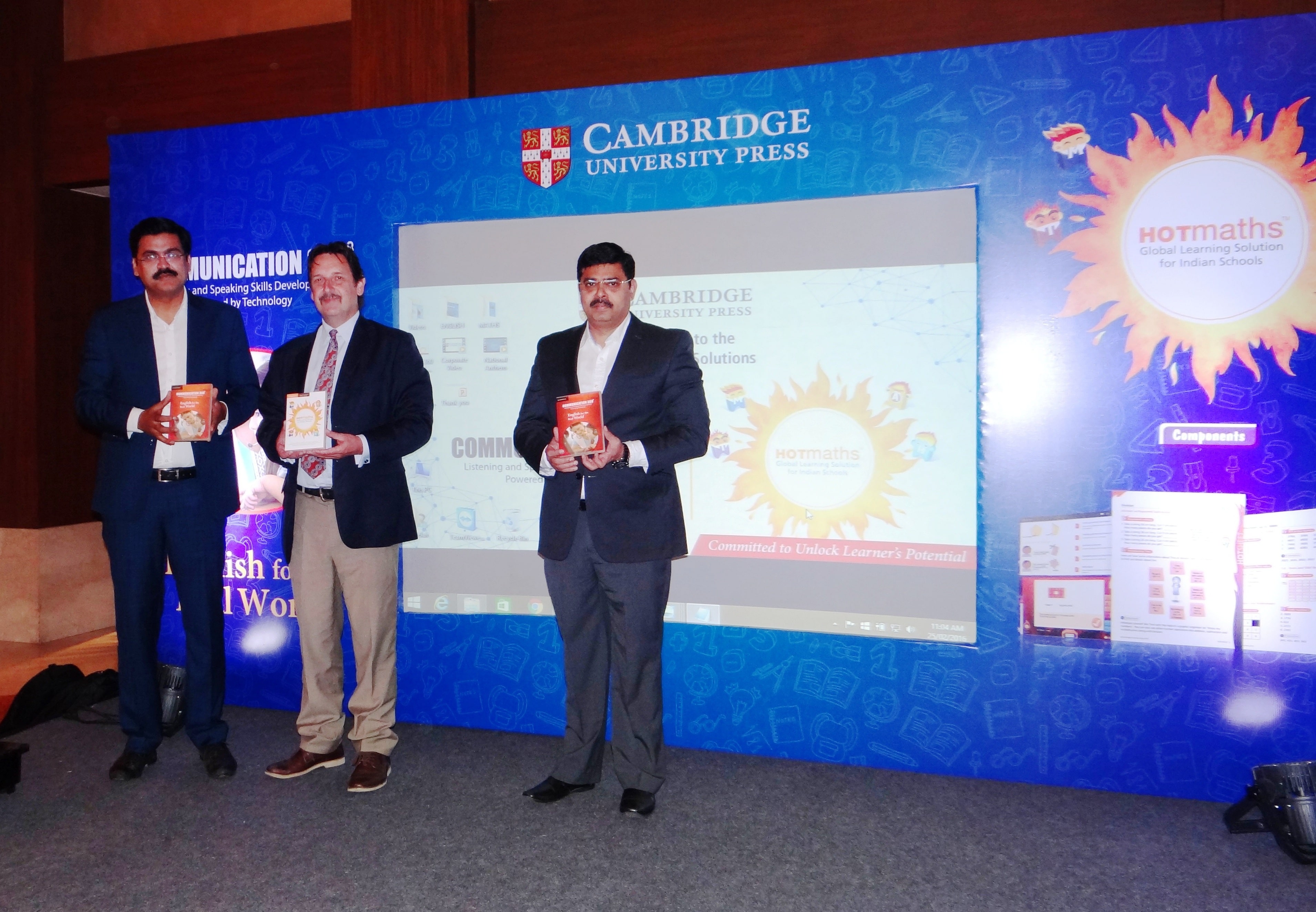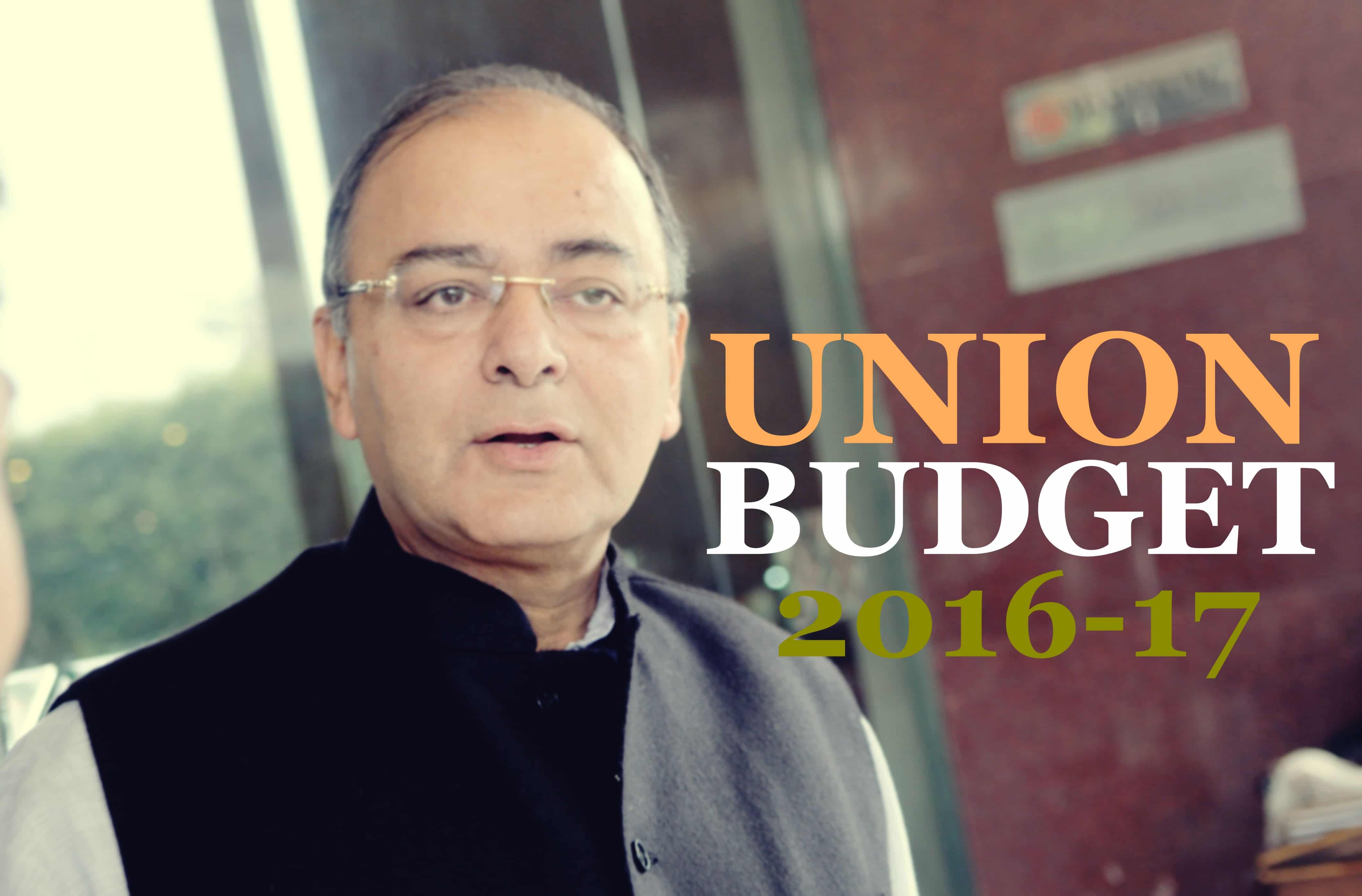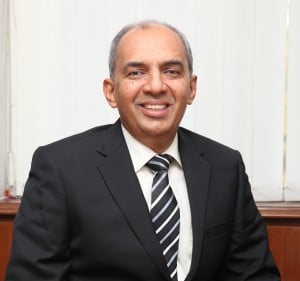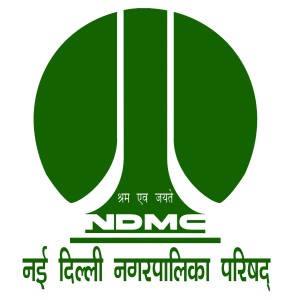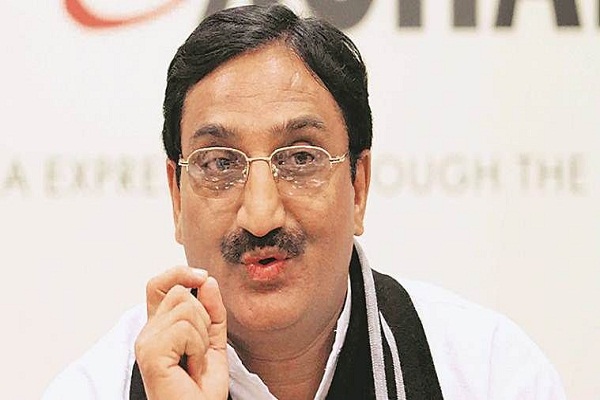With the unveiling of the Union Budget 2016-17 by Union Finance Minister Arun Jaitley on February 29, reactions started pouring in from experts and the stakeholders in education space. The experts say that they welcome some parts of the Budget but it is disappointing on some fronts.
Sivaramakrishnan V, Managing Director, Oxford University Press India
It is heartening to find Education listed amongst the ‘9 pillars’ identified by the Finance Minister for this year’s Budget. The specific to Education announcements seem pragmatic and progressive – digital literacy for six crore rural households combined with the promise of 100 per cent electrification will provide impetus to knowledge dissemination efforts in sub-urban parts of India. Large outlays for skill development will resonate with India’s youth seeking to improve their employability quotient.
The Higher Education sector which has been sluggish for past few years will get a much-needed stimulus through the appointment of the proposed financing agency. I think the policy makers have responded well to the collective vision of a modern and educated India.
Siddharth Chaturvedi, Director, AISECT
There were high expectations from Budget 2016 from the skill development industry, in continuing of the financial push which Skill India Mission desperately requires. To that extent, the budget can be termed as a step in positive direction, with setting aside of Rs 1800 crores of funds for setting up of Multi-Skill Institutions and scaling up of PMKVY to cover one crore youth in next three years. Another long-pending requirement has been addressed in the budget that is setting up of a National Board of Certification of Skills, though much depends on the fine print when this body becomes active. On the other hand, the sheer budgetary requirement for skill development sector in terms of capacity expansion, certification and mobilisation of large number of underprivileged youth remains much more than what has been allocated in the current budget. (Budgetary outlay increased by only 20 per cent as against at least 30-40 per cent required over previous budget). The budget also stopped short of providing concrete and definite service tax exemption measures for private sector players involved in skill development operations.
It is also heartening to note the usage of MOOCs, for promoting entrepreneurship education in Schools and Colleges which would bring the focus on self-employment, much required for livelihood creation in our country. Also, a digital literacy mission aimed at rural India is again a welcome move, which would enable financial, social and digital inclusion of vast majority of rural population.
Abhishek Pandit, Director-Business Services, AISECT
Apart from inheriting low growth from the previous Government, this Government has also inherited several schemes which have benefited the common man. Jandhan Yojana is one such scheme. I am disappointed that there has not been an impetus given to the scheme in this budget. With the focus of farmers income being doubled and bringing in e-platform, there has to be a clear focus on how this can be channeled through organised banking channels.
Along with digital literacy, financial literacy should also have been clubbed. We want the citizen to understand the digital space as well as the basic financial space so that they can benefit by streamlining the household expenses and income and increasing the effective saving.
Focus on Aadhaar platform is a good step towards transparency in schemes implemented across the country. All the schemes that have been launched by the Government today should be linked to the UID.
Shantanu Prakash, CMD Educomp Solutions Ltd
An intention to put education on the frontline has to a large extent been translated into actionable numbers. The interdisciplinary approach to impacting various pressure points of the education framework was praiseworthy and indicates that the government has taken a 360 degree view of the needs of India’s education sector. The pointed emphasis on skill development is crucial for employability while the deeper issues of education quality and reach are addressed.
The education industry was expecting rather big bang reforms in the policy framework by creating and enabling a regulatory authority for education which would have marshalled more resources coming into education. While the Government’s announcement to open 62 new Navodaya Vidyalayas is fantastic, there could have been a scheme to launch 100 times more number of schools i.e. 6200, which is what the country requires. All of these don’t need to come from the government sector and the private sector should be allowed to contribute as well.
I think that would have provided the much needed fillip to education sector to bridge the gap that currently exists between what is needed and what is available, if we are going to create a new generations of Indians that are ready for the global challenges of the 21st century. Education is the fuel for a 21st century economy and it is linked to all the other schemes such as Digital India, Start Up India and even Swachh Bharat. So let us look at education as social infrastructure and give it the importance it deserves like all other aspects of infrastructure.
The fact that the government had said that this is one of the pillars of our budget is heartening since it indicates that the thinking is in the right direction. However, more and more needs to be done for education compared to what is on the table right now.
Vijay K Thadani, Vice Chairman & Managing Director, NIIT Ltd
We welcome the focus on education, skills, job creation and entrepreneurship in this budget. Emphasis on promoting excellence in higher education on a level playing field by identifying 10 public and 10 private institutions, is a good move.
Digital repository for validation of qualification will provide a great boost to high employment industries, such as the IT sector. Also, upgradation of National Career Services will produce more effective connection of jobs with skills.
The maturity of digital technology and its role in the society is visible from the fact that MOOCs will be used for mentoring new entrepreneurs.
Aakash Chaudhry, Director, Aakash Educational Services Pvt Ltd
The push in the higher education, opportunities for skill development and focus on quality education is a welcome move. It turns the spotlight on both sides of the potential growth story – job creation as well as skill up-gradation.
The budget is promising as it supports 10 public and 10 private educational institutions to be made world-class which will further add to the opportunities for aspiring students to get exposure to right kind of faculty, infrastructure, jobs and market ready curriculum.
Beas Dev Ralhan, CEO, Next Education India Pvt Ltd
To realise the full potential of the demographic dividend that India is set to enjoy, and to prevent from that becoming a demographic liability, we need to find suitable avenues for employment and self-employment, through the focus on skill-development. We strongly believe that skill and aptitude identification and development has to start in schools itself. Teachers also have to be trained accordingly, something that is missed out in this year’s budget.
The total allocation of Rs 68,968 crore will play a significant role in inclusion of entire education sector from secondary schools to higher education and research centers. However, we could have had a more active engagement with the private sector, which currently contributes well over 40 per cent of K-12 education in India.
Lastly, the concern on quality education and learning outcomes will increase the focus on infrastructure development. Since the government has promised to increase the number of IITs, AIIMS and other professional institutes, maintaining the quality will be yet another challenge. However, we believe the allocation in the Budget for higher education will go a long way towards resolving this problem.






